-
Catalogue
Catalogue
-
Water management
Water management
- Underground Storage Tanks / Rainwater Tanks
-
Above-ground Storage Tanks
Above-ground Storage Tanks
-
Rainwater Filters
Rainwater Filters
- Rainwater Harvesting Systems
- Rainwater Infiltration
- Stormwater Management
-
Water treatment
Water treatment
- Prefab sewerage & custom made constructions
- Cable & pipe transit
-
Heating oil and storage tanks
Heating oil and storage tanks
-
Double-walled Heating Oil Tanks Aboveground
Double-walled Heating Oil Tanks Aboveground
-
Heating Oil Tanks for Interior Installation
Heating Oil Tanks for Interior Installation
- Double-walled Heating Oil Tanks Underground
-
Double-walled Heating Oil Tanks Aboveground
-
DS construction tools and storage
DS construction tools and storage
-
Water management
- Information
- Contact
- Downloads
- Vacancies
Waste water deserves a suitable approach to save the environment and secure your future. Count on us for systems like septic tanks and sumps, purification stations and fat, oil and petroleum separators.
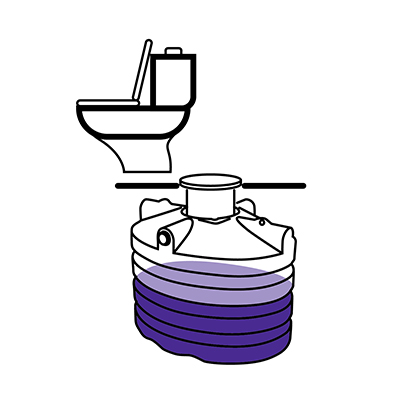
Septic Tanks (16)
an underwater sedimentatioWastewater treatment through the process of biological decomposition and drainage
A septic tank provides minimal treatment to the wastewater. Settling and floating parts are largely separated there. The septic tank is also responsible for the liquefaction of raw waste water, mainly the entrained faeces.
- Oval septic tanks: thanks to the oval shape, these tanks have a lower installation depth than tanks of a comparable volume.
- Rectangular septic tanks: Our rectangular tanks have a limited width that allows them to easily pass through an opening.
- Round septic tanks: Cylindrical plastic tanks at favorable prices.
- Organic maintenance products: BIO SEPTIC liquefies and deodorizes. this biological maintenance product increases the efficiency of the septic and purification.
Check our collection
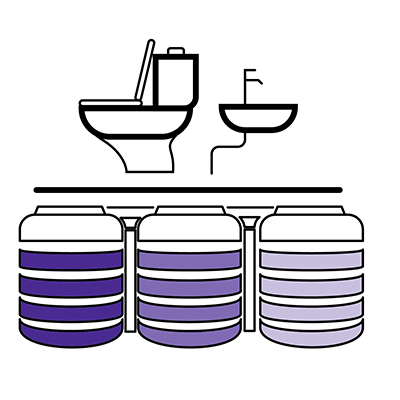
Household Wastewater Station (13)
Individual waste water treatment systems in polyethylen tanks
If your home is located in a zone where no sewerage network has been developed, the wastewater must be treated individually.
This can be done with an IBA or individual wastewater treatment plant.
The DS Veco Clear consists of three plastic tank parts, a pre-settler, an aerator and a final settler. Regular addition of the product GEDAZYME via the toilet ensures continuous operation of the veco-clear installation.
Check our collection
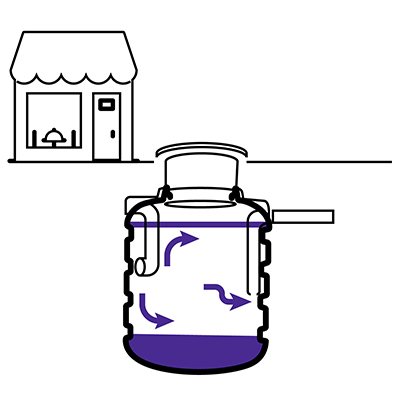
Grease Separators (14)
polluted wastewater must be pretreated and cleaned before it is discharged to the public sewer system
Greases pollute waste water and put strain on the sewage system. Therefore it is becoming more common to separate greases before drainage into the sewer. Where organic greases and oils occur, e.g. in catering, restaurants and meat processing facilities. There are obligations and directives to follow. But also in private housing, more and more people choose to separate greases from the kitchen and bathroom. For these audiences, DS plastics offers a solution in PE. We distinguish between separators for homes and those for professional use. (according to the EN-1825 norm)
Grease-holding water coming from the kitchen, bathroom, laundry etc. is captured in this tank. Due to their difference in density (weight), an automatic separation is enforced between the water on the one hand, and the greases on the other. The greases accumulate at the surface and form a crust on the water. The drainage tube starts just above the bottom of the tank, that way no greases leave through the outlet.
The grease separator for professional use is an appliance that is placed at the waste water outlet of restaurants, catering, canteens etc. . Meant to collect greases to prevent them from getting into and clogging up the piping and sewerage.
The counterpart of chemical products that work the same way, but entirely biodegradable. Provides maintenance for all sewerage of waste water: Toilets, sinks, showers, baths etc.
Check our collection
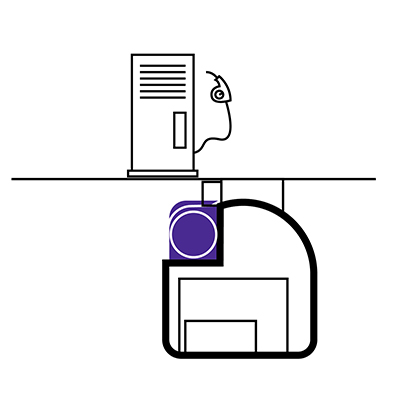
Oil And Fuel Separators (22)
Oil/fuel separators are used to protect water and sewage systems from soiling through mineral oils - Tested to 858.1
Oil and Fuel separators or hydrocarbon separators are used to separate oil from the waste water. For the following applications, the installation of such separators can be mandatory: carwash installations, petrol stations, parking places for trucks or tractors, garages, etc. . Depending on the kind of surface to be treated (covered or uncovered parking spots, washing places or unloading location, …) as well as local guidelines, it can be accepted that part of waste water does not entirely go to the separator. In this case, a bypass is installed. This system is most commonly used in outdoor parking garages.
Hydrocarbon separators without bypass treat the drainage of waste water on parking spots. They are recommended for areas used for the unloading of goods or areas with a risk of accidental pollution (e.g. distribution sites, stripping sites, fuel storage) or in vulnerable areas (recycling of industrial waste water, etc.).
Designed according to EN 858, 1-2, they belong to the family of separators in Class 1, with discharge of hydrocarbons smaller than 5mg / liter.
Hydrocarbon separators with bypass are the most installed appliances. Fitted with a completely inspectable bypass (the only one on the market), built into the tank, they provide the drainage on roads and parking spots. The bypass takes care of the distribution of the outflow into the installation and subsequently derives part of it during storms.
Designed according to the EN858,1 norm, our class 1 separators have an oil discharge of less than 5mg / liter
The alarm system detects the maximum thickness of the oil layer. According to EU norms (EN 858-1) an alarm is mandatory.
Check our collection
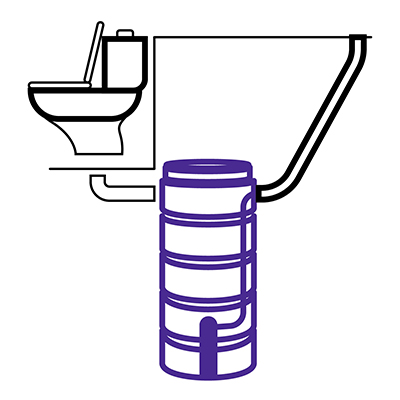
Pumping Station (13)
The wastewater is pumped away to a higher level.
Depending on the application, DS Plastics can offer you the right solution from its available range. Customization with specific requirements is also possible since DS Plastics has its own assembly workshop with experienced staff. In short, DS Plastics can thoroughly advise you in the correct choice of high-quality pump sumps.
A pump well is a system for transporting clean water or waste water to a higher area. This can be a higher sewer, but is also suitable for pumping water over great distances. Pumping wells are typically used for pumping gray domestic wastewater, fecal wastewater, stormwater, industrial wastewater, etc.
Check our collection
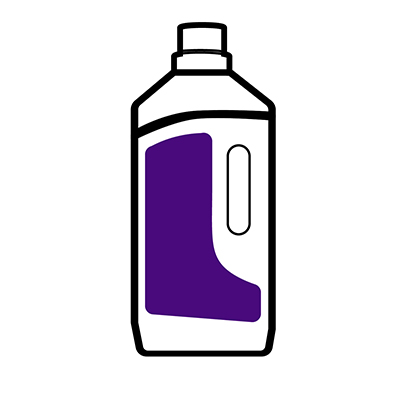
Biological Maintenance Products (6)
For the maintenance of your rainwater tank, septic tank, pipes, grease separator
For the maintenance of your rainwater tank, septic tank, pipes, grease separator.
Check our collection
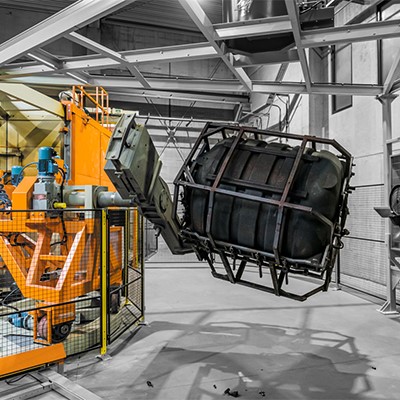
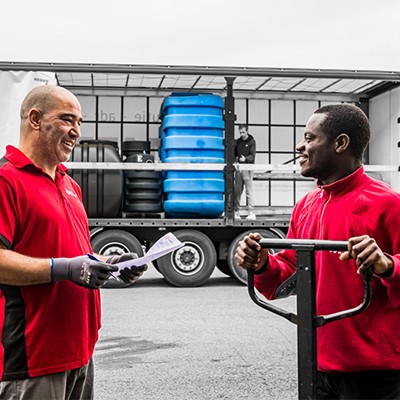
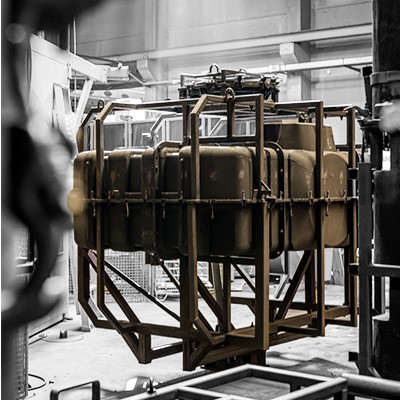

DS PLASTICS, based in Lokeren, has been an established name in rotational molding for many years.
By combining 35 years of experience, the best craftsmen
and the latest high-tech machines, no challenge is too great.
DS Plastics Watertight Solutions is part of the DS Plastics group

We are using cookies to improve your surfing experience
Ds Plastics uses cookies on its website to ensure that it functions properly, to personalize it based on your interests and to optimize your surfing experience. Non-necessary cookies may be placed by third parties when we place embedded content, such as YouTube videos or Google Maps. These cookies can be disabled or deleted in the browser settings. Want to know more? Privacy Terms.
With necessary functional cookies we ensure that the website works properly. You cannot disable them.
We anonymously analyze the use of the site so that we can make improvements. If you disable the anonymization by ticking the checkbox, we can use your data to personalize and optimize your and others' surfing experience on our website.
